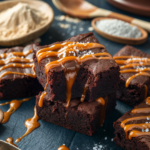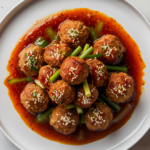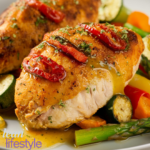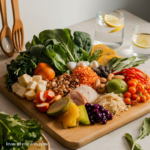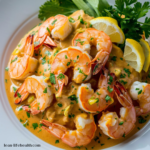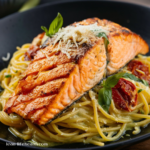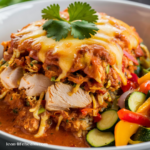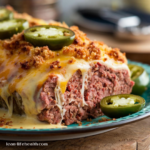introduction
When it comes to a delightful and healthy dinner choice, baked salmon with asparagus stands out as a fantastic option. This dish offers a satisfying culinary experience while delivering a punch of nutritional benefits. In this article, we will guide you through everything you need to know to prepare this delightful meal, from selecting the right ingredients to honing your cooking technique.
Health Benefits of Salmon and Asparagus
Salmon is renowned for its rich omega-3 fatty acids, which are essential for heart health. It’s also a great source of high-quality protein, B vitamins, and selenium. Asparagus, on the other hand, is a powerhouse of vitamins A, C, E, and K, along with fiber and folate. When combined, these ingredients offer a meal that’s not only tasty but also incredibly nutritious.
Selecting the Perfect Salmon
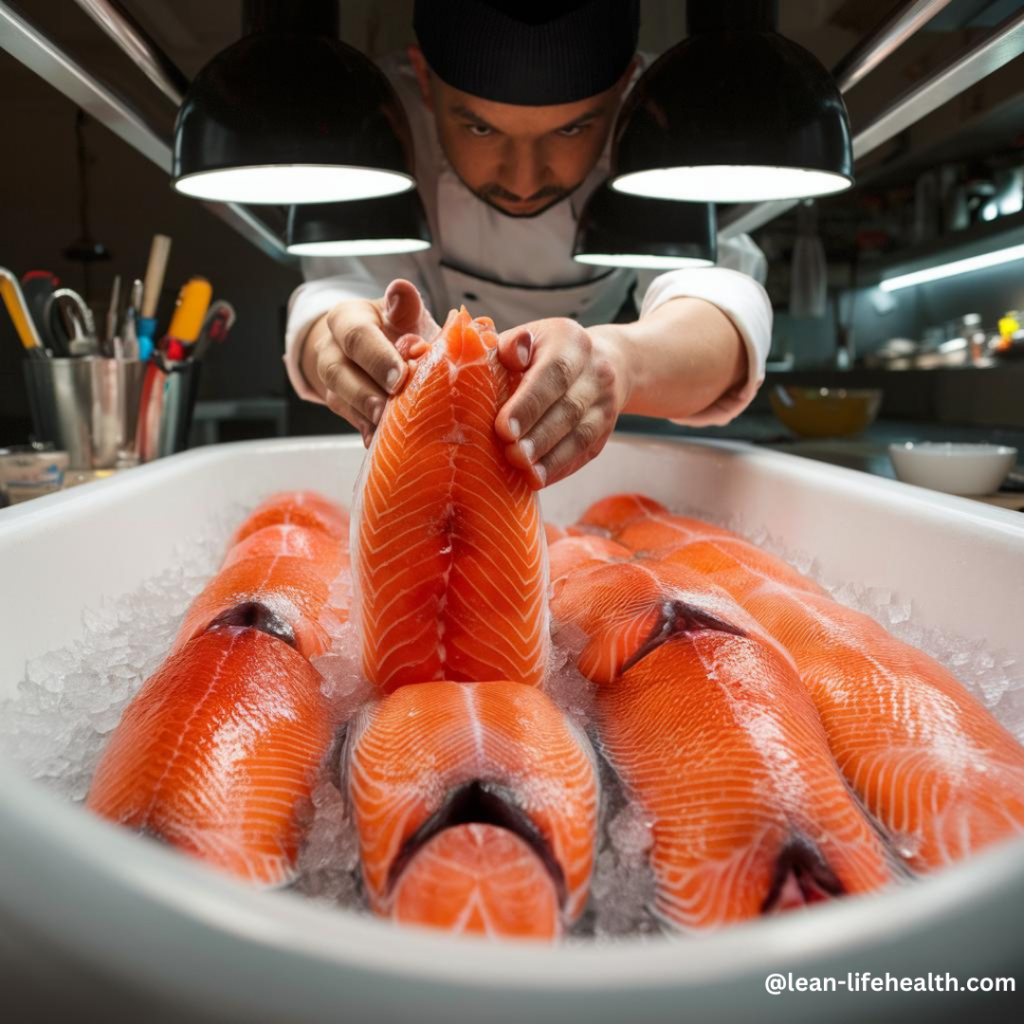
When it comes to salmon, you have choices: wild-caught or farm-raised, fresh or frozen. Wild-caught salmon generally has a more robust flavor and is leaner, while farm-raised tends to be milder and fattier. Fresh salmon should have a mild scent and firm flesh that bounces back when touched. If you opt for frozen, ensure it’s properly sealed and free of ice crystals.
Choosing Fresh Asparagus
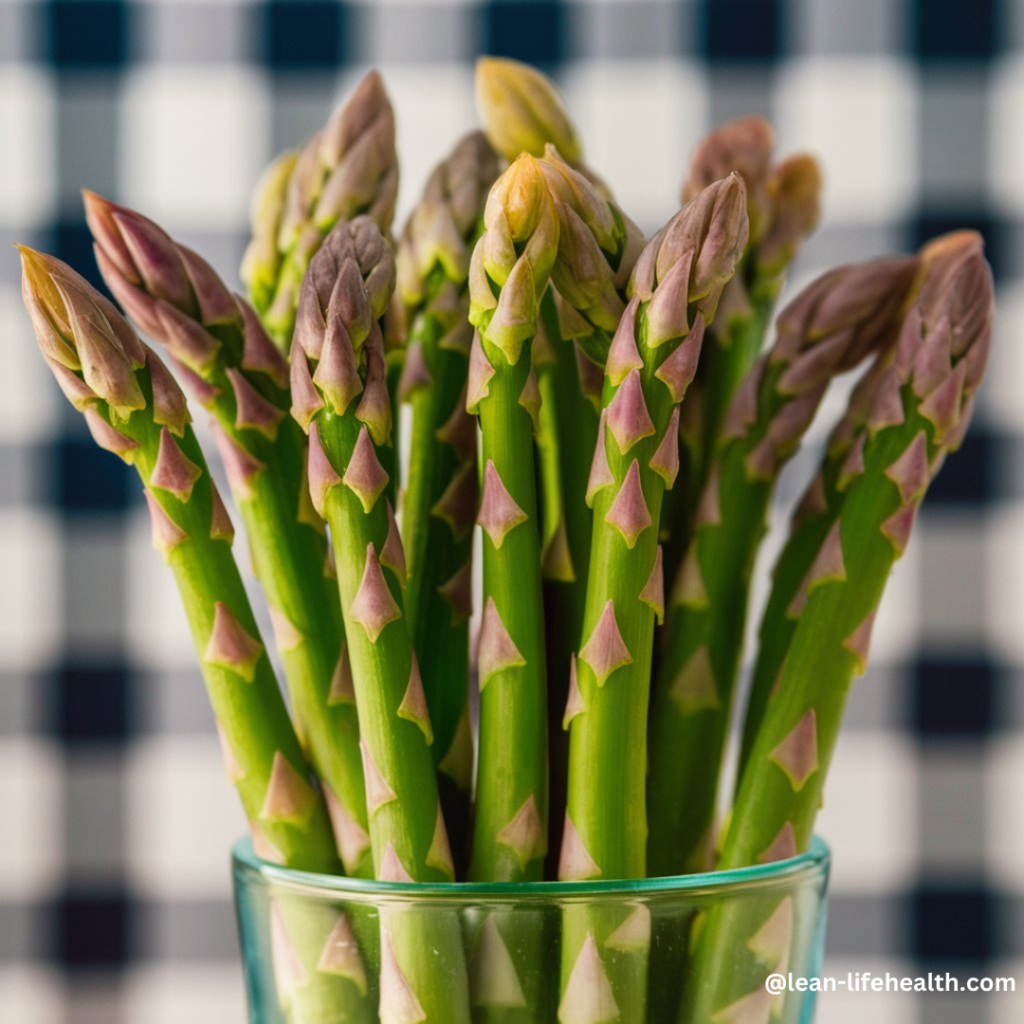
To ensure the freshness of asparagus, look for firm, straight stalks with a vibrant green hue and tightly closed tips. Although it thrives in spring, it is often accessible year-round in various locations. For optimum freshness, store asparagus upright in a jar with a small amount of water in the refrigerator. This storage method helps maintain the asparagus’s quality until you are ready to use it in your dishes.
Essential Kitchen Tools
Before you start cooking, gather your essential tools: a baking dish, aluminum foil or parchment paper, and a thermometer to ensure your salmon is perfectly cooked.
Flavor Enhancements and Variations
To add a zesty flair to your baked salmon, consider incorporating slices of citrus fruits such as oranges or grapefruits. Fresh herbs like dill, parsley, or thyme can also enhance the natural flavors of the salmon, offering a delightful aromatic element. Additionally, if you’re looking to diversify your dish, consider pairing the salmon with other vegetables such as cherry tomatoes or bell peppers, providing a colorful and flavorful twist to your meal. These additions can truly elevate the dining experience, offering a delightful burst of flavors.
Serving Suggestions
For an aesthetically pleasing presentation, arrange the baked salmon and asparagus on a large platter. Consider serving a side of quinoa or wild rice to create a well-rounded meal. To complement the flavors, a crisp white wine such as Sauvignon Blanc or a light red like Pinot Noir would be an excellent choice, beautifully enhancing the experience of savoring your baked salmon. These additions will not only make the meal visually appealing but also enhance its overall taste and enjoyment.
Common Mistakes to Avoid
Overcooking the salmon can make it dry and tough, so keep an eye on it. Undercooking the asparagus can leave it too crunchy, so make sure it’s tender before serving. Proper seasoning is crucial—don’t be afraid to use enough salt and pepper.
Health-Conscious Modifications
For a low-sodium version, reduce the salt and use more herbs and spices for flavor. You can substitute olive oil with avocado oil for a different healthy fat. To make this dish gluten-free, ensure all ingredients, including any spices or condiments, are certified gluten-free.
Leftover Storage and Reheating Tips
Store any leftovers in an airtight container in the refrigerator for up to 3 days. To reheat, place the salmon and asparagus in a baking dish and warm in the oven at 350°F (175°C) until heated through. You can also flake the salmon and use it in salads or sandwiches.
Salmon and Asparagus recipe
Cuisine: AmericanDifficulty: Easy4
servings15
minutes12
minutes460
kcalSalmon and asparagus make a fantastic combination for a healthy and delicious meal. This dish is packed with nutrients and is incredibly easy to prepare.
Ingredients
4 salmon fillets
1 bunch asparagus, trimmed
1 lemon, zested and juiced
2 cloves garlic, minced
2 tablespoons olive oil
1 teaspoon dried oregano
1/2 teaspoon salt
1/4 teaspoon black pepper
Directions
- Preheat oven to 400°F (200°C).
- Prepare the pan: Line a baking sheet with parchment paper.
- Season the salmon: Rub salmon fillets with olive oil, lemon zest, garlic, oregano, salt, and pepper.
- Arrange the vegetables: Toss asparagus with a drizzle of olive oil, salt, and pepper.
- Bake: Place salmon and asparagus on the prepared baking sheet. Bake for 12-15 minutes, or until salmon is cooked through and asparagus is tender-crisp.
- Serve: Squeeze fresh lemon juice over the salmon and asparagus before serving.
Recipe Video
FAQs
How can I tell if my salmon is done? When the salmon flakes easily with a fork and has an opaque color throughout, it’s done.
Can I use a different type of fish? Absolutely! Trout or cod are great alternatives that work well with this recipe.
What if I don’t have asparagus? You can substitute asparagus with other green vegetables like broccoli, green beans, or Brussels sprouts.
How long can leftovers be stored? Leftovers can be stored in the refrigerator for up to 3 days.
Is it okay to use dried herbs instead of fresh? Yes, dried herbs can be used, but use about half the amount since they are more concentrated in flavor.
Conclusion
Baked salmon with asparagus is a delightful dish that’s not only easy to prepare but also packed with nutrients. Whether it’s for a family dinner or a special occasion, this recipe is bound to impress. So, gather your ingredients and get ready to create a memorable meal!



